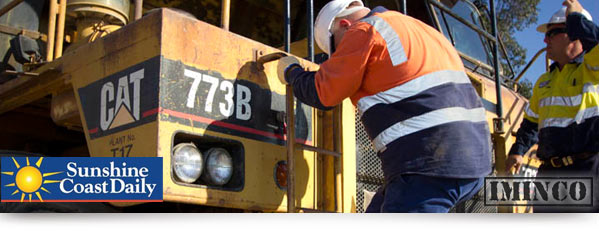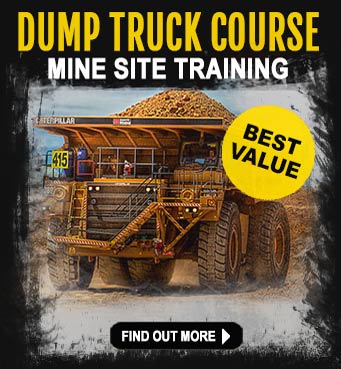
A recent article in the Sunshine Coast Daily highlighted the issues of safety in Queensland mines.
The article details how mining safety seems to be a controversial issue and new workers entering the mining industry ought to seek out the best safety induction training course to make them mine-ready, in more ways than one.
The Safety Performance and Health Report by the Department of Mines covered incidents, near-misses and fatalities across Queensland’s quarries and mines for the past financial year.
There were 20% more high-risk incidents this year. In 2011-12 there were more injuries in total requiring time off work and more injuries even when considering the total amount of hours worked.
Chief inspector of coal mines Gavin Taylor with chief inspector of quarries and other mines Rob O’Sullivan warned that poor training, a stream of newly-recruited miners and job insecurity could be to blame. The safety report describes 2011-2012 as having the worst safety record since new legislation was introduced in 2001. From July 1, 2011 to June 30, 2012, there were 2390 incidents.
The increase, they said, could show “an inexperienced workforce that is more vulnerable to accidents and safety breaches”.
There were some safety improvements shown in the report, the severity of injuries fell with fewer days needed to recover and the number of permanent injuries fell by 50 per cent.
Construction Forestry Mining and Energy Union safety representative Greg Dalliston said job fears were unlikely to be the cause, instead blaming the shuffling of workers between mine sites. These movements, combined with the rushed recruitment of staff, undermined safety on the mine site, he said.
As for training, Mr Dalliston warned some companies pressured trainers to deliver a qualification as quickly and as cheaply as possible.
Mine companies would know if trainers were cutting corners, he said, so they could not deflect blame.
Peter Evans, managing director of training firm Industry Pathways, agreed, but said larger mining firms in his experience demanded more training, not less.
“There are definitely trainers out there who haven’t got a lot of experience,” he said.
“At Industry Pathways, trainees needed to pass breathalyser tests, wear proper safety clothing and use correct radio communication.”
A Queensland Resources Council spokesman said these statistics still showed the state mining industry as one of the safest in the world and went on to say companies relied on accredited training organisations to supply qualified workers but also test workers to ensure they are up to standard.
He dismissed claims of job insecurity distracting workers from safety protocols, as the industry grew by almost 10,000 workers in those 12 months.
Mines Minister Andrew Cripps said the government was determined to maintain the industry’s reputation as world’s safest by ensuring workers returned home safely after their shifts.
Read the full article here.

Reference: Mining safety training more important than ever

